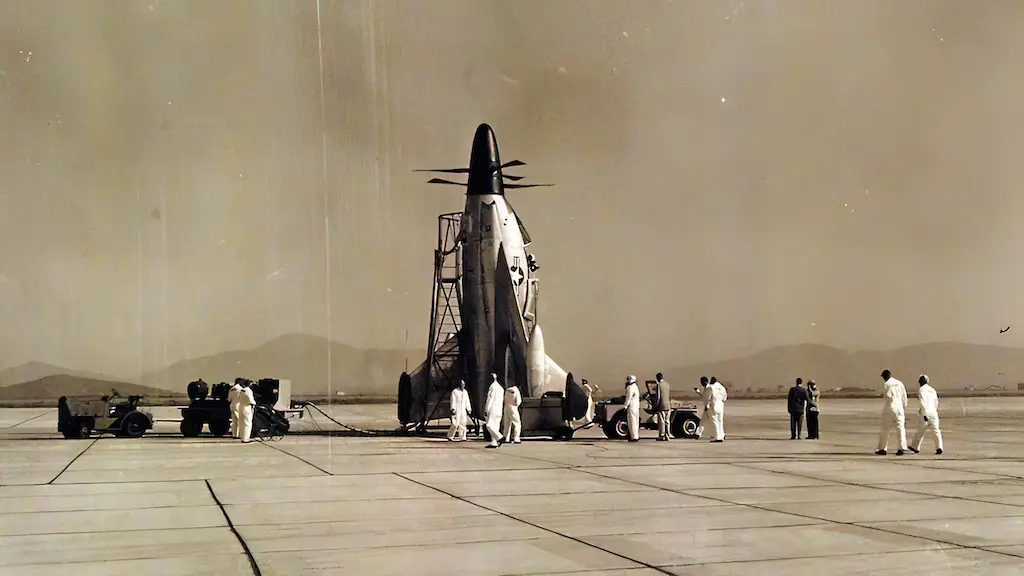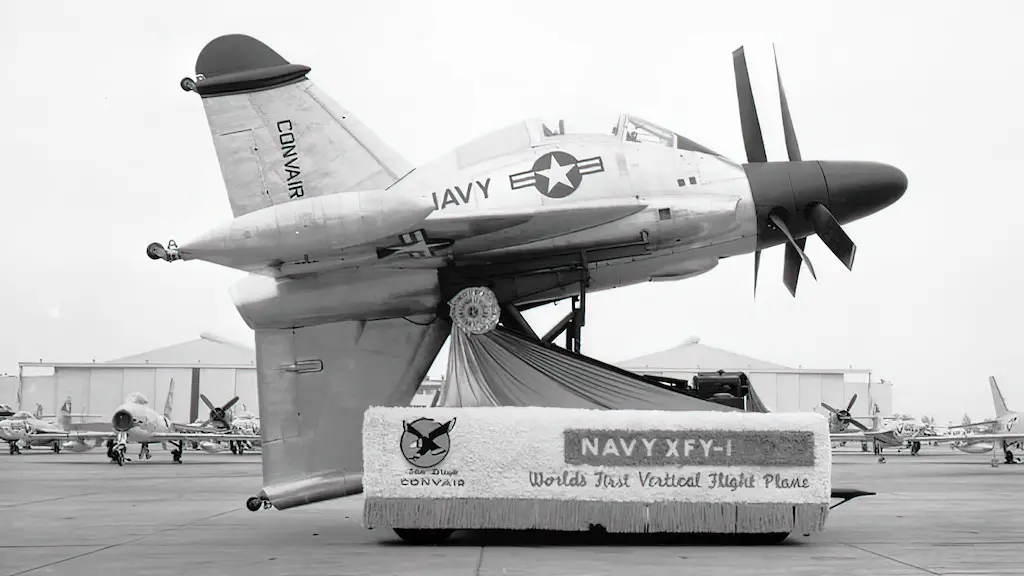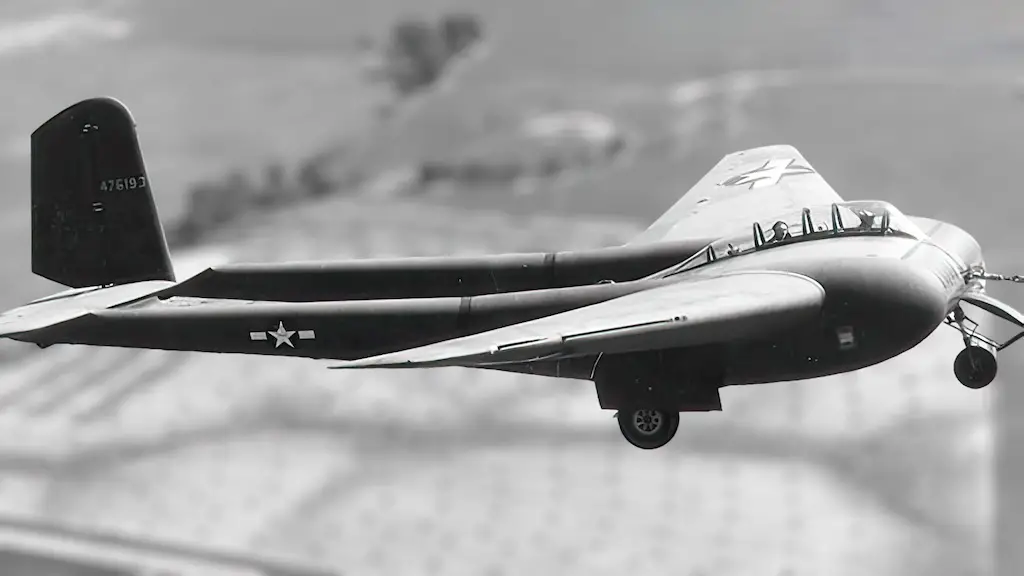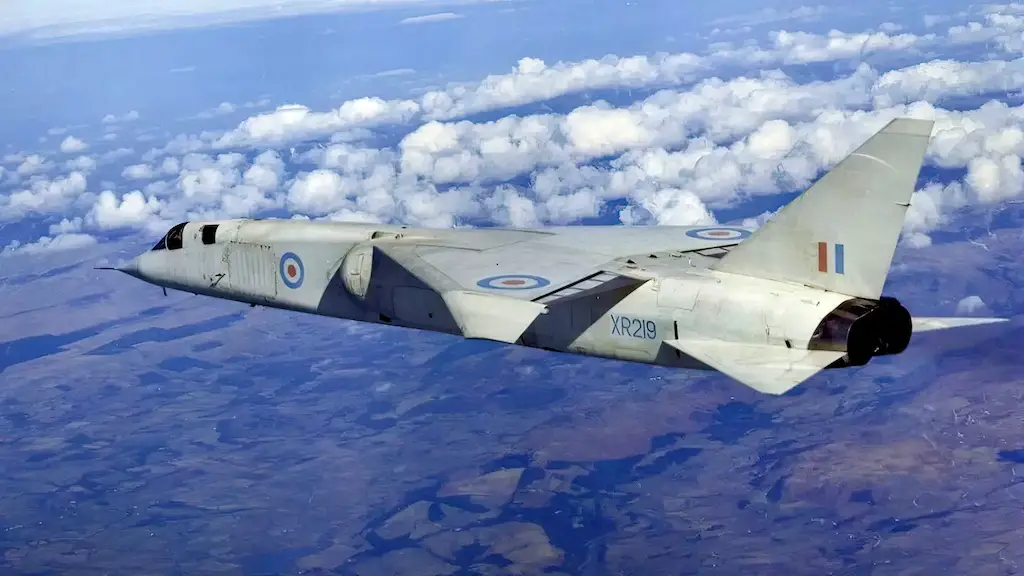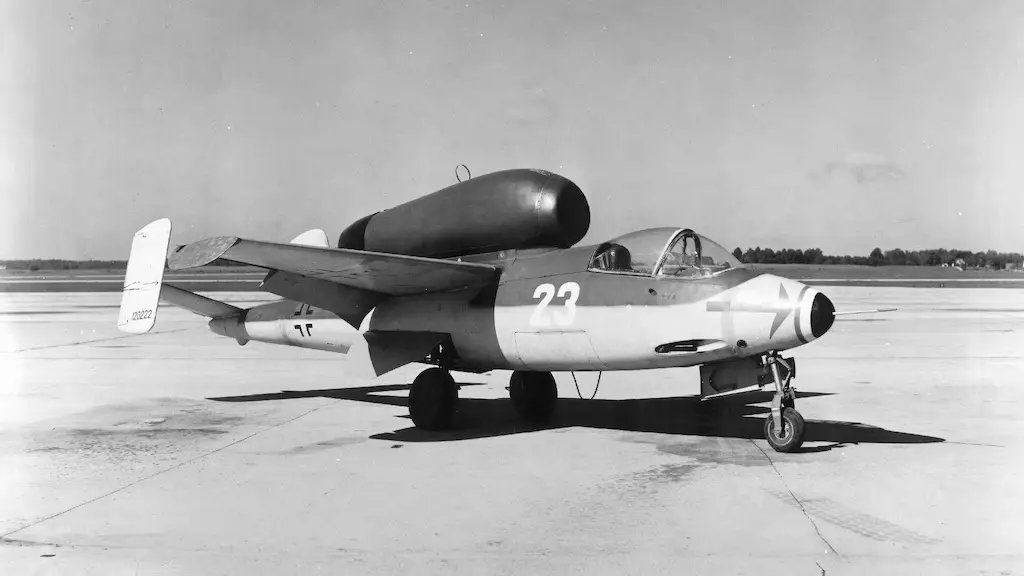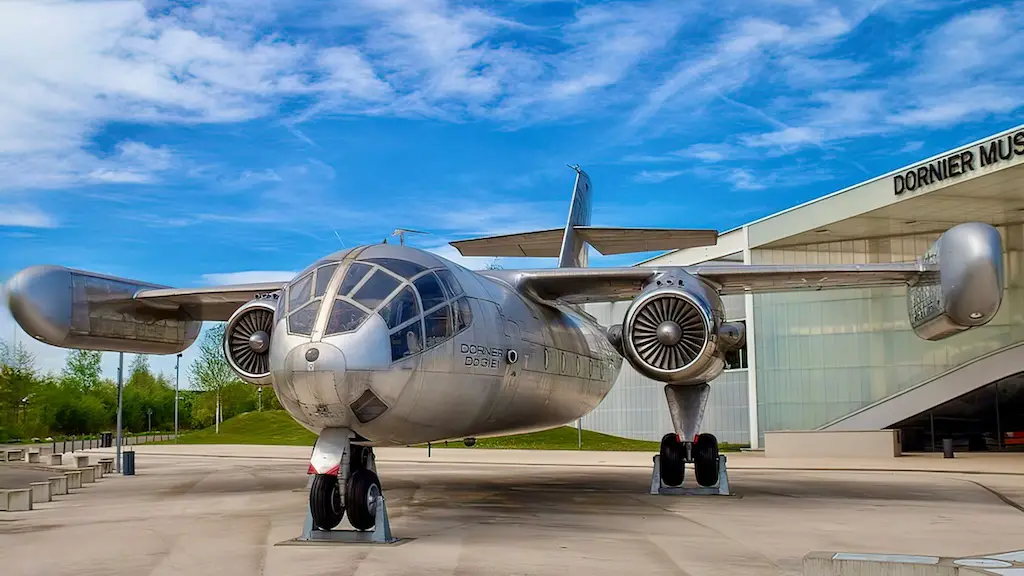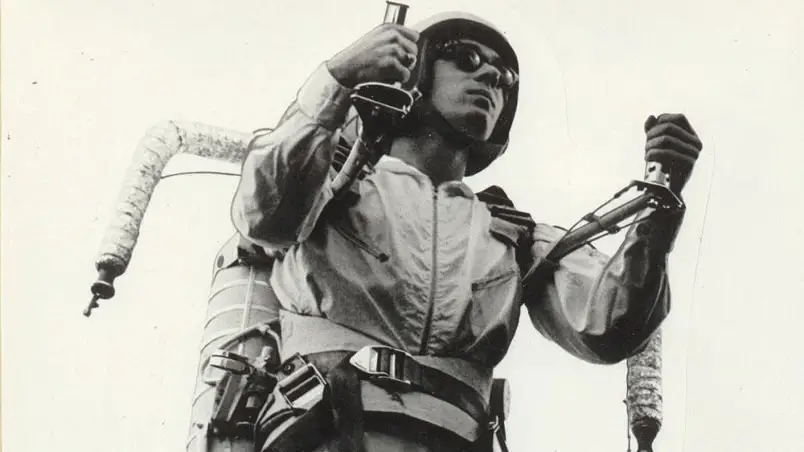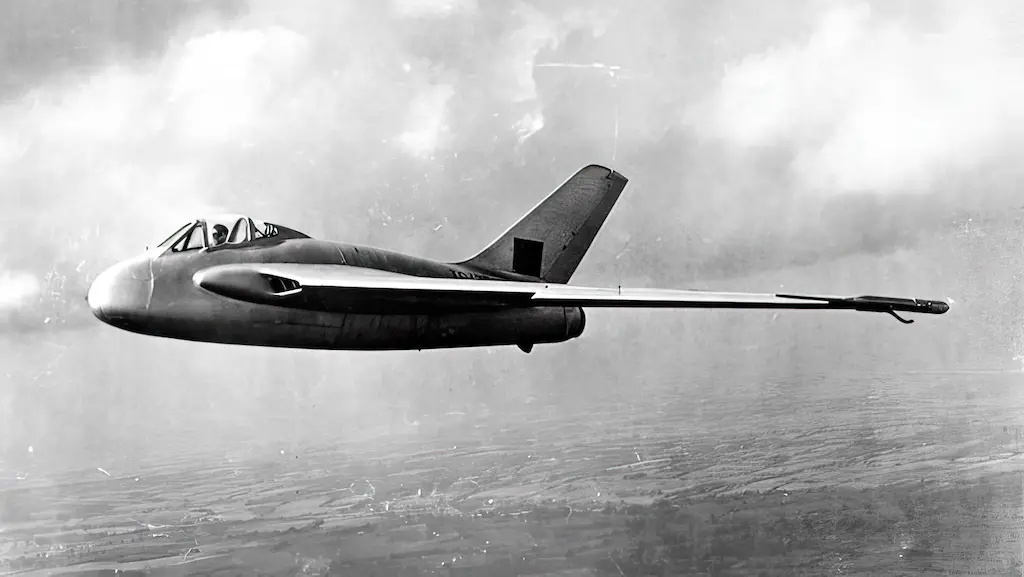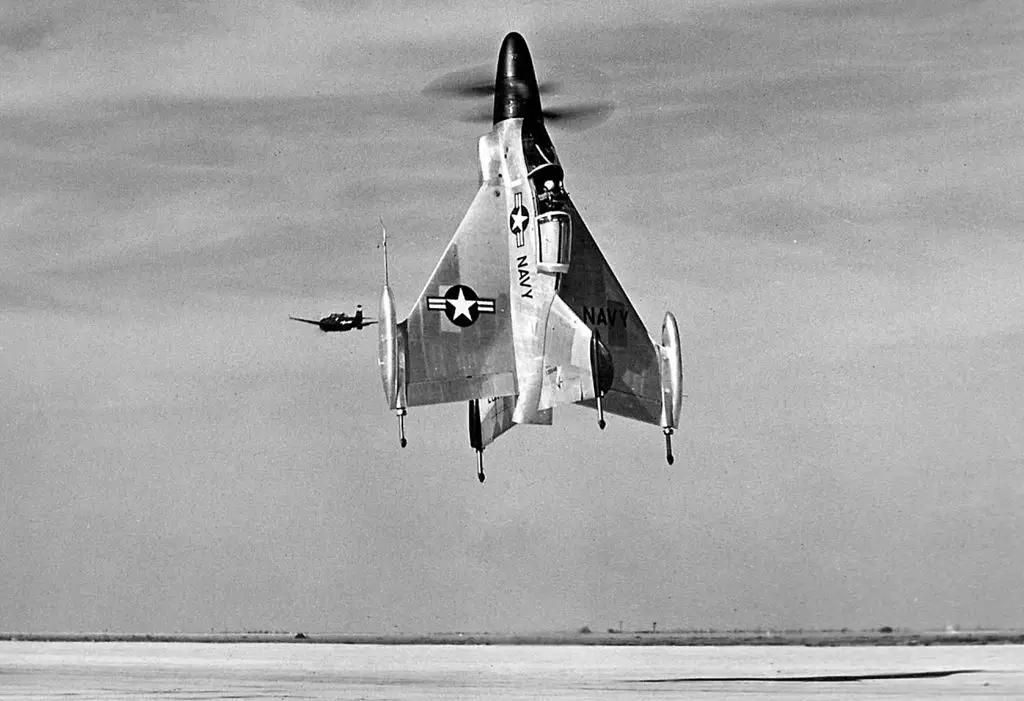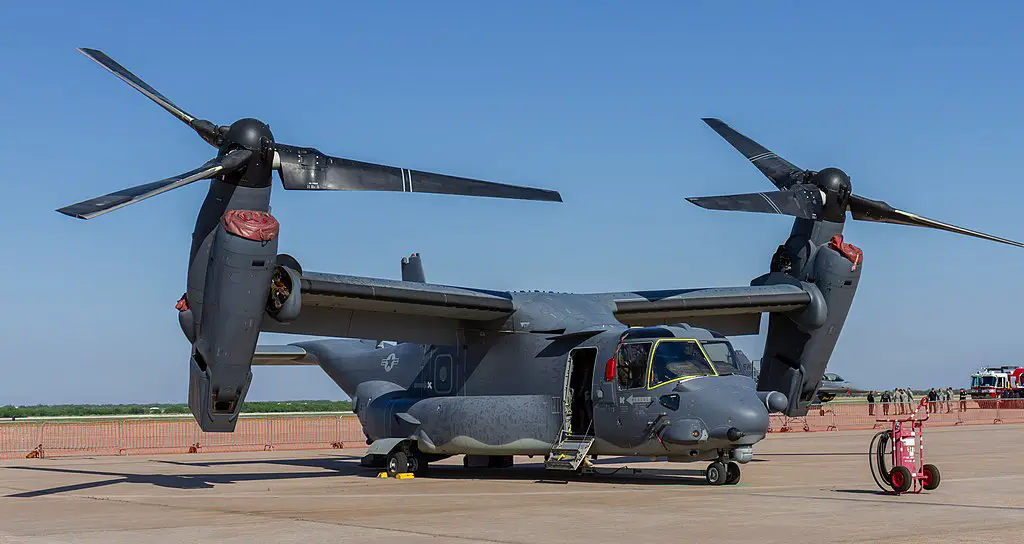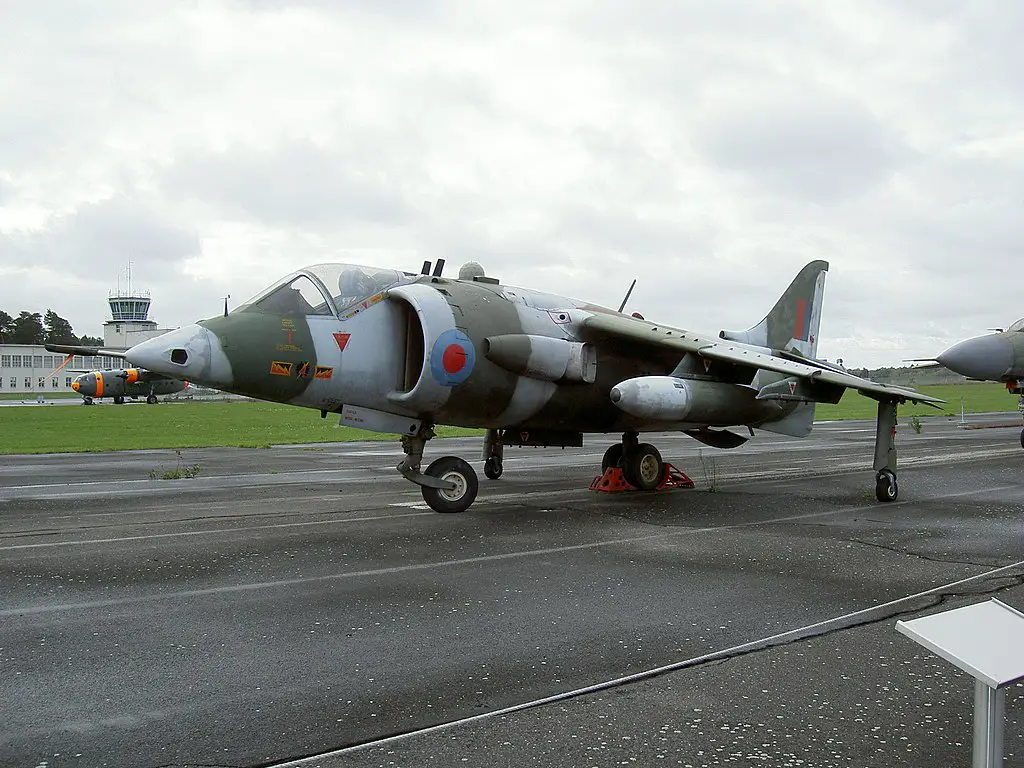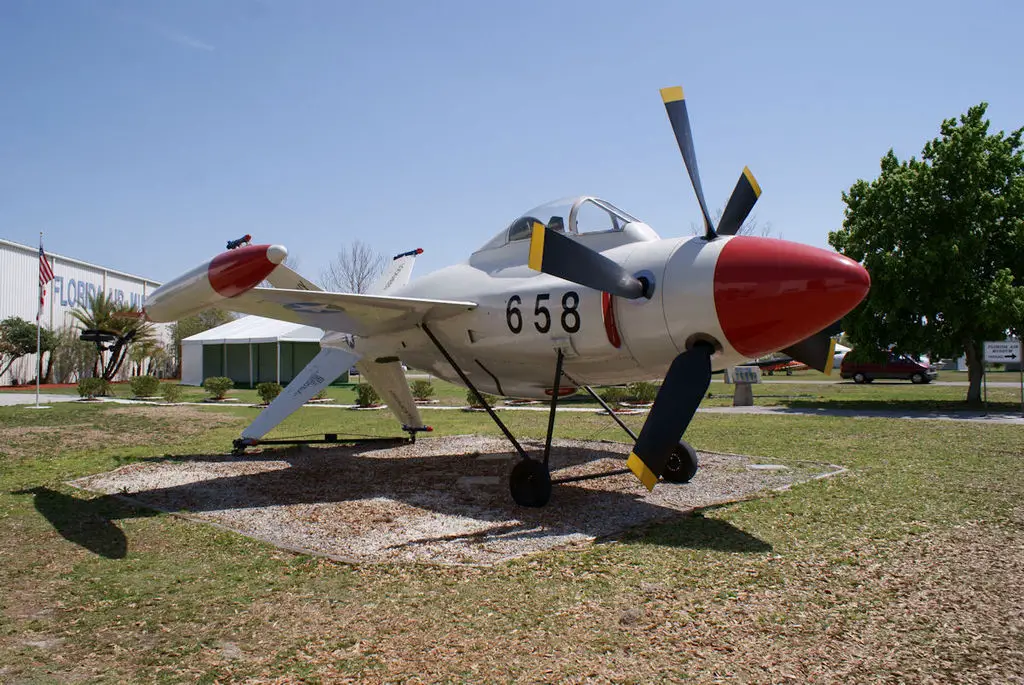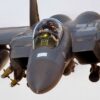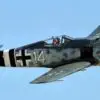Built in 1954, the Convair XFY-1 Pogo now looks like a weird ungainly creature, a quirk of designer’s imagination. Which is not surprising, as this dinosaur of an aircraft was one of the first humble steps in the evolution of VTOL aircraft, which has since produced such masterpieces as the Sea Harrier, V-22 Osprey, and F-35B Lightning II.
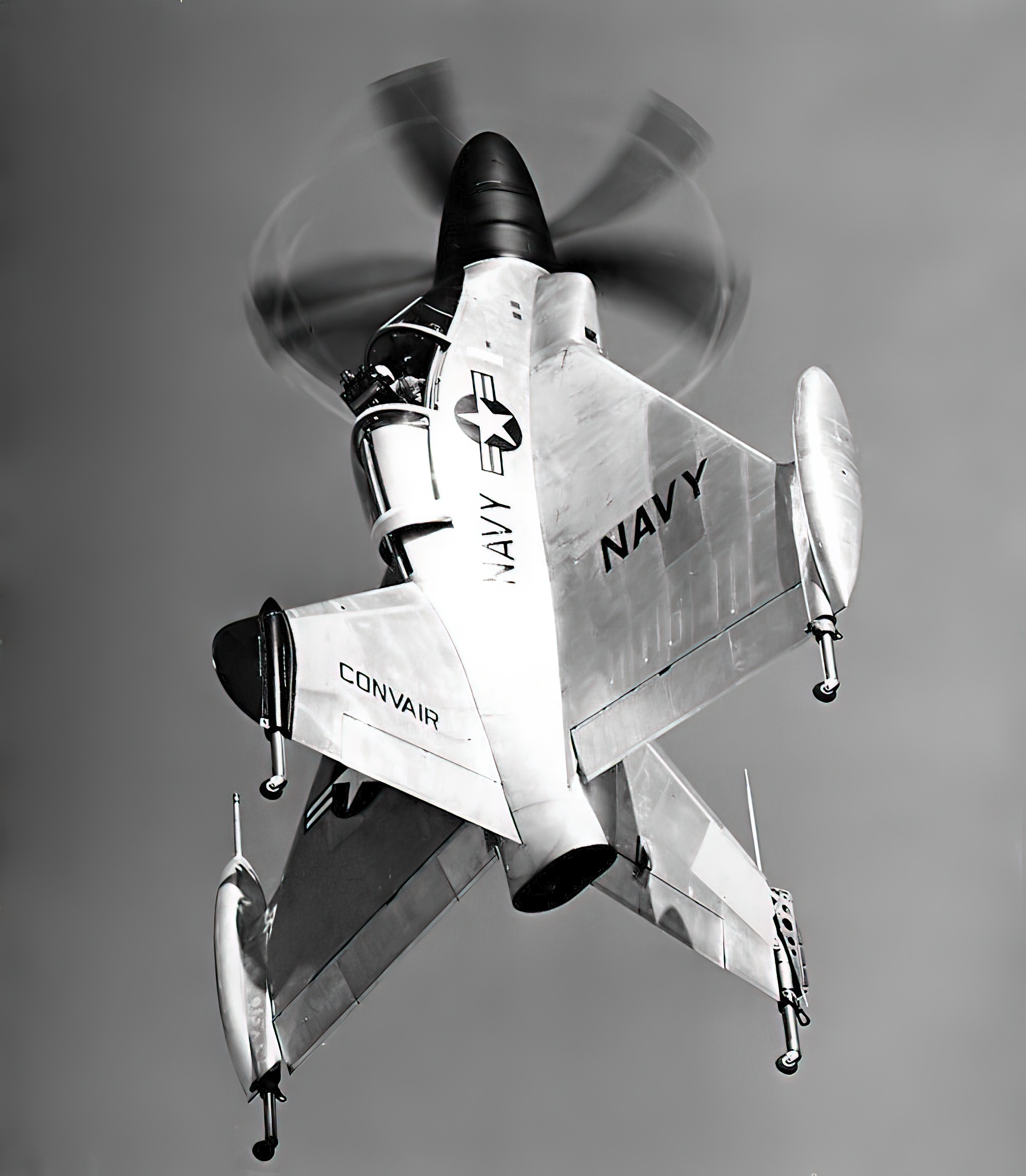
A fighter aircraft for every ship
The experience of WWII demonstrated the vulnerability of large air bases, as well as of aircraft carriers. Several bombs dropped on the runway could render it unusable in the most critical moment of the battle, and a kamikaze attack could knock out a whole aircraft carrier with dozens of aircraft onboard. Dispersal could be a good solution to that problem, provided that aircraft capable of taking off and landing vertically could be created.
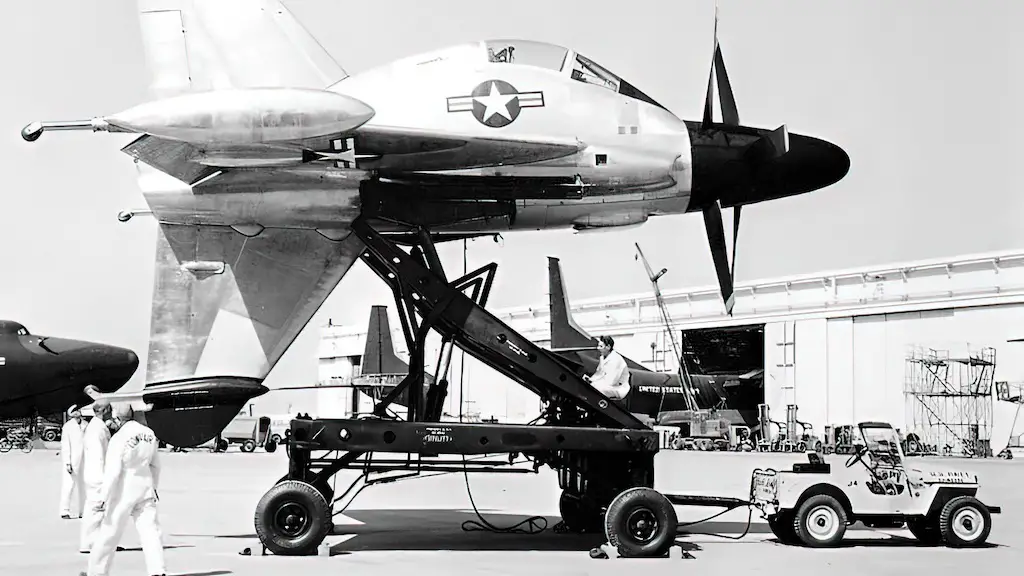
In case with the Navy, that would allow to station aircraft on all sorts of ships, from destroyers to fleet oilers. Apart from the dispersal advantage, such arrangement would also bolster those ships’ capabilities, providing them with own aircraft for defense and reconnaissance.
In 1951, following four years of preliminary studies, the Navy awarded contracts for experimental VTOL fighters to Lockheed and Convair. Lockheed’s prototype, the XFV never performed a vertical takeoff or landing. The Convair’s model made more progress.
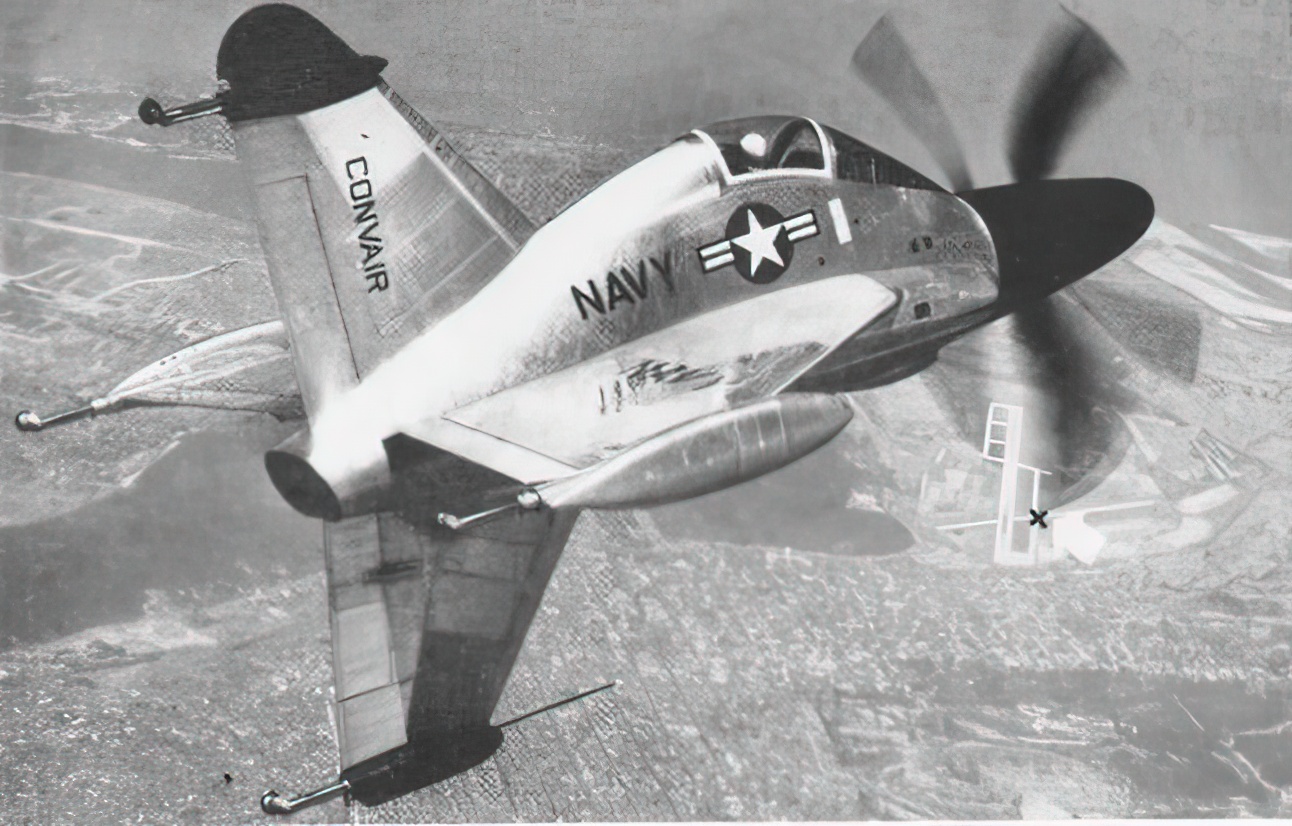
A delta-winged turboprop tailsitter
The XFY Pogo was a tailsitter, that is at rest it sat on caster wheels mounted on struts stretching from the trailing edges of its wings and fins. On landing those struts compressed several feet — hence the pogo stick comparison. As with such landing gear the Pogo would never get its belly against the ground, its creators gave it a huge ventral fin. The XFY also featured a delta wing — it was, after all, meant to be a high-speed interceptor. The aircraft was propelled by two counter-rotating propellers, 16 ft in diameter, powered by a 5,100 hp Allison YT-40 turboprop engine.
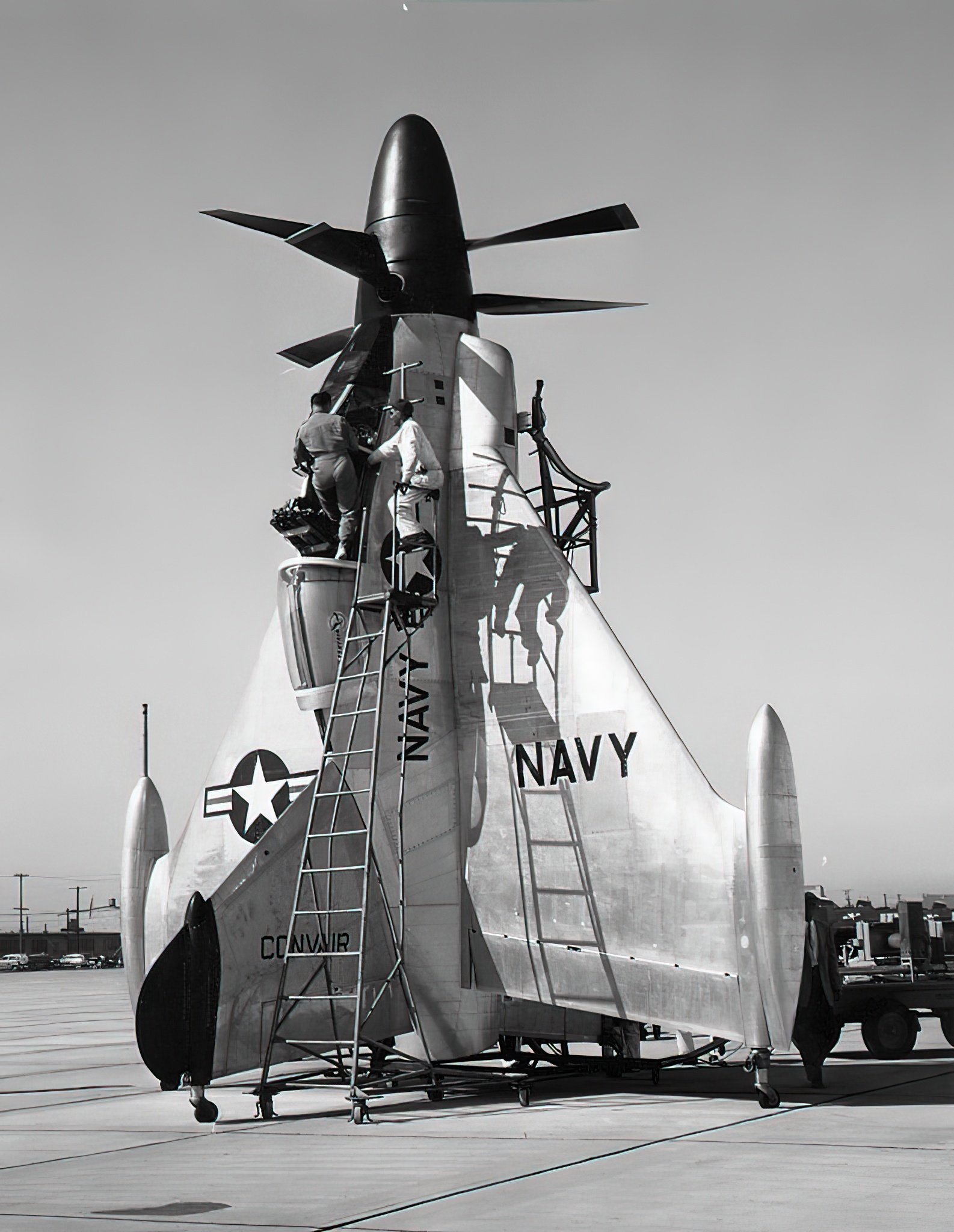
Up and flying
Following a series of successful tethered flights in the spring of 1954, Convair moved to the free flight stage. The aircraft’s first untethered flight took place on August 1, 1954. Convair test pilot James F. Coleman explored the Pogo’s abilities step by step, starting with humble hovering at 20 ft on the first try. Ultimately he made the XFY-1 take off and land vertically, as well as perform transition from vertical to horizontal flight and back. He performed all those operations multiple times, which certainly counts as a success.
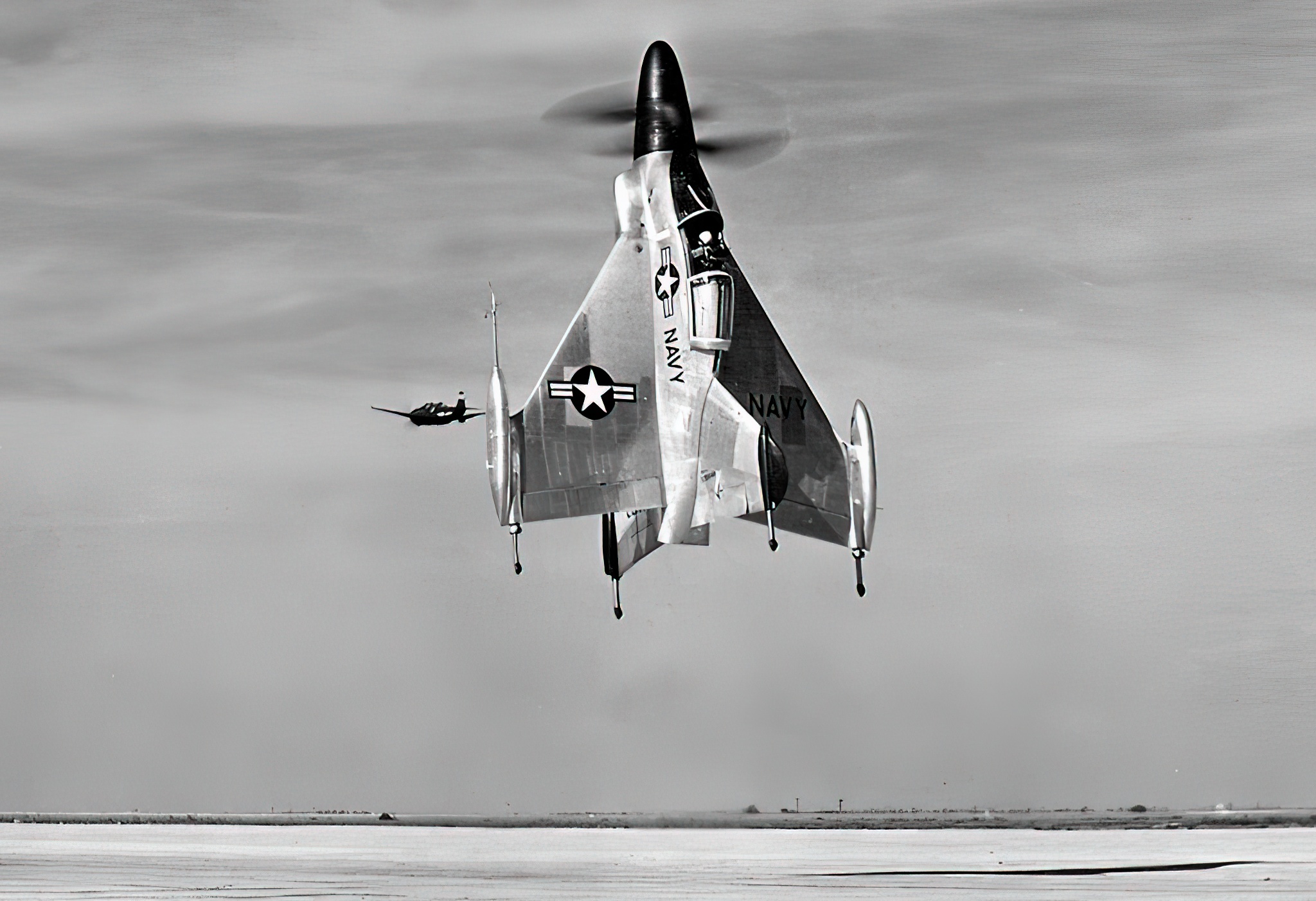
Nerve-racking landings
There were problems, too. And serious ones. The landing is, of course, the trickiest part of every flight. But getting the Pogo back on the ground was an especially trying ordeal, each and every time. As the aircraft descended through its own turbulent propwash, the pilot had to apply immense efforts, working with the stick and rudder pedals to keep the Pogo stable.
Despite the plane’s rather good performance, it became obvious that flying it would require a professional test pilot level of skills. Having a regular naval pilot to land that thing on a rocking ship in the high seas would be a recipe for disaster. Besides, with the supersonic age setting in, the Pogo’s effectiveness as an interceptor would be in big question. So, by August 1956 the program was shut down.
